Transform your yard with less effort using a wood chipper. You save time and money while turning branches into mulch and reducing yard waste. Check out these quick facts:
Wood chippers process yard debris faster than manual tools.
Homeowners can save hours of labor and cut down on disposal costs.
Chipper Type |
Daily Rental Cost |
|---|---|
Smaller 4-6 inch capacity |
$70 - $240 |
Larger 12-inch industrial |
$300 - $550 |
Imagine your yard looking cleaner and greener with less work!
Key Takeaways
A wood chipper quickly turns yard waste into mulch, saving you time and effort while enhancing your garden's health.
Using mulch from a wood chipper helps retain soil moisture, suppress weeds, and enrich the soil, leading to healthier plants.
Creating natural pathways with wood chips not only improves your yard's aesthetics but also boosts curb appeal and property value.
1. Make Mulch with a Wood Chipper
Mulch Benefits
You can turn branches, leaves, and even grass clippings into mulch with a wood chipper. This tool breaks down yard waste fast, giving you a mix of mulch types for your garden beds. Here are some common mulch options you can create:
Freshly chipped wood
Leaf mulch mixtures
Bark mulch
Pine mulch
Shredded wood mulch
Mulch does more than just cover the soil. It helps your garden in several ways:
Keeps moisture in the ground, so you water less
Blocks sunlight from weeds, making them harder to grow
Adds nutrients to the soil as it breaks down
Improves soil structure and helps prevent erosion
Tip: Studies show that thicker mulch layers (up to 10 inches) can boost moisture and cut down on weeds. You get healthier plants and less yard work.
Spreading Tips
You want your mulch to work its best. Follow these steps for easy spreading:
Choose natural, untreated wood chips. Avoid dyed or chemically treated mulch.
Spread mulch 2 to 4 inches thick around your plants. Thicker layers help with weed control and moisture.
Keep mulch away from stems and trunks. This stops rot and keeps your plants safe.
Check soil moisture often. Adjust watering if needed.
Add new mulch as old chips break down to keep your garden looking fresh.
A wood chipper makes this process simple. You save time and get a cleaner, greener yard.
2. Speed Up Composting
Fast Breakdown
You want your compost pile to break down quickly. A wood chipper helps you do that by shredding branches, leaves, and other garden debris into small pieces. Smaller bits mean more surface area for microbes to work, so your compost heats up and breaks down faster. Here’s why chipped debris works so well:
Chipped garden debris acts as a bulking agent. It improves airflow and helps microbes thrive.
Wood chips and sawdust change the texture of your compost, making it easier to turn and mix.
Studies show that adding wood chips can help you get mature compost in less than a month.
You save time and get rich compost for your garden beds. No more waiting months for your pile to finish!
Composting Tips
You want to use the right materials in your wood chipper for composting. Here are safe and effective options:
Cedar, redwood, and cypress branches
Wood mulch, bark mulch, fresh wood chips, and sawdust
Avoid chipping treated wood or anything with paint. These can harm your compost and your plants.
Tip: Always check your chipper blade before you start. A dull blade slows down the process and makes chipping harder.
Common mistakes can slow you down or damage your machine. Watch out for these:
Overloading the hopper can jam or break your chipper.
Using your chipper on uneven ground increases the risk of tipping.
Never rush the process. Feed material slowly for best results.
With these tips, you’ll turn yard waste into compost faster and keep your wood chipper running smoothly.
3. Create Pathways

Pathway Steps
You can turn your yard into a welcoming space by making natural walkways with wood chips. Grab your wood chipper and start with these easy steps:
Dig out the path area about one inch deep. This helps keep chips in place.
Lay down several layers of newspaper or landscaping fabric. These block weeds from growing up through your path.
Pour wood chips into the area. Spread them evenly, about one to two inches thick.
Line the edges with stones if you want a polished look.
You only need a few materials:
Newspapers or landscaping fabric
Wood chips
Stones (optional)
Tip: Refresh your wood chip path every year. This keeps it looking neat and helps with weed control.
Curb Appeal
Wood chip pathways do more than guide your steps. They add structure and elegance to your yard, making your home stand out. A tidy path can boost curb appeal and even raise your property value. Buyers love the look of natural walkways, and you get a yard that feels organized and inviting.
Check out how wood chip paths compare to other materials:
Material |
Pros |
Cons |
|---|---|---|
Wood Chips |
Excellent weed control, sturdy underfoot |
|
Gravel |
Lasts longer than mulch, available in bulk |
Hard on feet and knees, can migrate |
Pavers |
Greater durability |
More intensive maintenance |
A wood chipper helps you create these paths quickly. You get a beautiful yard with less effort.
4. Reduce Yard Waste
Less Debris
When you use a wood chipper, you turn bulky branches and leaves into small, easy-to-handle wood chips. This process shrinks the pile of yard waste in your driveway or garden. You can fit more debris into your compost bin or yard waste bags. Your yard looks cleaner, and you spend less time hauling heavy loads.
You also make storage simple. For short-term storage, you can leave wood chips in a pile for up to three weeks. If you need to keep them longer, cover the pile with a tarp and use stakes to let air flow through. For long-term storage, pick a dry spot and use a tarp or walled structure to keep the chips dry and ready for your next project.
Tip: Smaller wood chips break down faster in compost and take up less space in your yard.
Disposal Tips
You have several eco-friendly ways to get rid of extra wood chips. Many towns now offer composting programs that accept wood chips. You can spread chips on your lawn as mulch or add them to your compost pile. If you have too many, check if your local recycling center takes wood chips for community composting.
Here are some smart disposal steps:
Composting: Add wood chips to your compost or use city composting programs.
Lawn application: Spread chips as mulch around trees and flower beds.
Landfill disposal: Only use this as a last resort. Bag chips and follow your city’s trash rules.
Always check your local rules before dumping or burning wood chips.
Never burn treated wood, as it releases harmful chemicals.
For large piles, consider hiring a licensed waste service.
You help the planet and keep your yard tidy by following these tips.
5. Save Time on Cleanup

Quick Maintenance
You want yard cleanup to be fast and easy. A wood chipper helps you handle piles of leaves in the fall, broken branches after storms, and debris from winter snow. You can turn all that mess into useful mulch in minutes. No more dragging heavy bags to the curb or waiting for city pickup.
To keep your chipper running smoothly, follow a simple routine:
Clean off wood chips and debris after each use.
Check the engine and follow the maintenance schedule. Change the oil and replace air filters when needed.
Inspect the blades. Sharpen or replace them if they look dull.
Tip: A clean and sharp chipper works faster and makes your cleanup jobs much easier.
Safety Tips
You want to stay safe while working. Always clear your work area before you start. Remove clutter and obstacles. Wear eye and ear protection. Read the manual so you know how your chipper works.
Here are some important safety steps:
Keep your hands and feet away from the chute.
Stand to the side when feeding in branches.
Check for rocks or metal before chipping.
Watch the discharge area for flying debris.
Power down the machine before unclogging it.
Only let responsible people use the chipper.
Note: Use a long branch or pole to push material in—never your hands!
With these habits, you save time and avoid accidents. Your cleanup becomes quick, safe, and stress-free.
6. Boost Garden Health
Moisture Retention
You want your plants to thrive, even during hot summer days. Wood chip mulch helps you keep soil cool and moist. When you spread a thick layer of chips, you slow down water evaporation. Your garden holds onto moisture longer, so you water less often.
Check out what research shows about wood chip mulch and soil moisture:
Study |
Findings |
|---|---|
Effects of planting combinations and mulch types on soil moisture and temperature of xeric landscapes |
Wood chips were the most efficient mulch for moderating soil temperature in summer, reducing it by 0.0 °C compared to scoria's 1.6 °C. Evergreen planting helped prevent soil freezing during winter nights. |
Influence of Mulch Materials on Growth of Green Ash |
Soil moisture studies indicated that wood chips maintained higher moisture levels compared to non-mulched areas. |
You get healthier roots and less stress for your plants. Your soil stays at a steady temperature, which helps everything grow strong.
Plant Support
Wood chip mulch does more than just hold water. It supports your plants in several ways:
Blocks sunlight, so weeds struggle to grow.
Reduces competition for nutrients and water.
Slowly breaks down, adding nutrients to the soil.
Helps prevent soil erosion and keeps your garden tidy.
"Wood chips are organic matter that breaks down over time, adding valuable nutrients to the soil as they do. They also help to suppress weeds and keep the soil moist."
Over time, earthworms and rain mix the decayed mulch into the soil. This process improves soil structure and gives your plants a steady supply of nutrients. You can use a wood chipper to make your own mulch and boost your garden’s health year after year.
7. Enhance Yard Aesthetics
Decorative Ideas
You can turn your yard into a showpiece with creative wood chip designs. Try these ideas to make your outdoor space stand out:
Mulch mosaic designs let you create patterns in flower beds or along pathways. Use different mulch colors for a bold look.
Mulch rings around trees give your yard a tidy and finished appearance. Colored mulch works well for this.
Layered mulch borders combine wood chips with stones. This adds depth and makes your garden beds pop.
Pathways and walkways made from mulch feel rustic and natural. Edging with stones or wood keeps everything neat.
Decorative borders around flower beds and trees help prevent weeds and boost curb appeal.
Outdoor living areas look cozy with mulch under seating or in Zen gardens.
Themed landscaping projects come alive with mulch. You can create whimsical or minimalist designs.
Creating pathways with mulch not only defines walkways but also adds a natural, earthy feel to your garden. These paths guide visitors and highlight your favorite features.
You can also pick mulch colors to match your home:
Red mulch pairs well with warm-toned houses and highlights flower beds.
Brown mulch gives a rustic feel and defines garden borders.
Black mulch looks modern and makes bright flowers stand out.
Wood Chipper Choice
Picking the right wood chipper for your DIY landscaping makes every project easier. Check out these important factors:
Factor |
Description |
|---|---|
Type of Chipper |
Electric models work for light jobs. Gas models handle bigger branches. |
Some chip up to 4 inches thick. Choose based on your yard debris. |
|
Reduction Ratio |
A 10:1 ratio means you turn 10 bags of debris into just 1 bag of chips. |
Popular brands for homeowners include Power King and Earthwise. Power King handles branches up to 5 inches and has simple controls. Earthwise is easy to use and works for branches up to 3 inches.
Tip: Choose a chipper that matches your yard size and the type of debris you have. You save time and get better results.
You can make yard work easier with a wood chipper. Here’s what experts say:
Quickly turn branches into mulch for your garden.
Save money by handling debris yourself.
Support a greener yard with less waste.
Try these tips in your next project! Have questions or stories? Share them below!
FAQ
1. Can you put wet branches in a wood chipper?
You can chip wet branches, but dry ones work better. Wet wood may clog the chipper and slow you down.
2. How often should you sharpen chipper blades?
You should check blades after every big job. Sharpen them when you see chips getting rough or uneven.
3. Is it safe to chip pine needles and leaves?
Yes, you can chip pine needles and leaves. They break down fast and make great mulch for your garden beds.


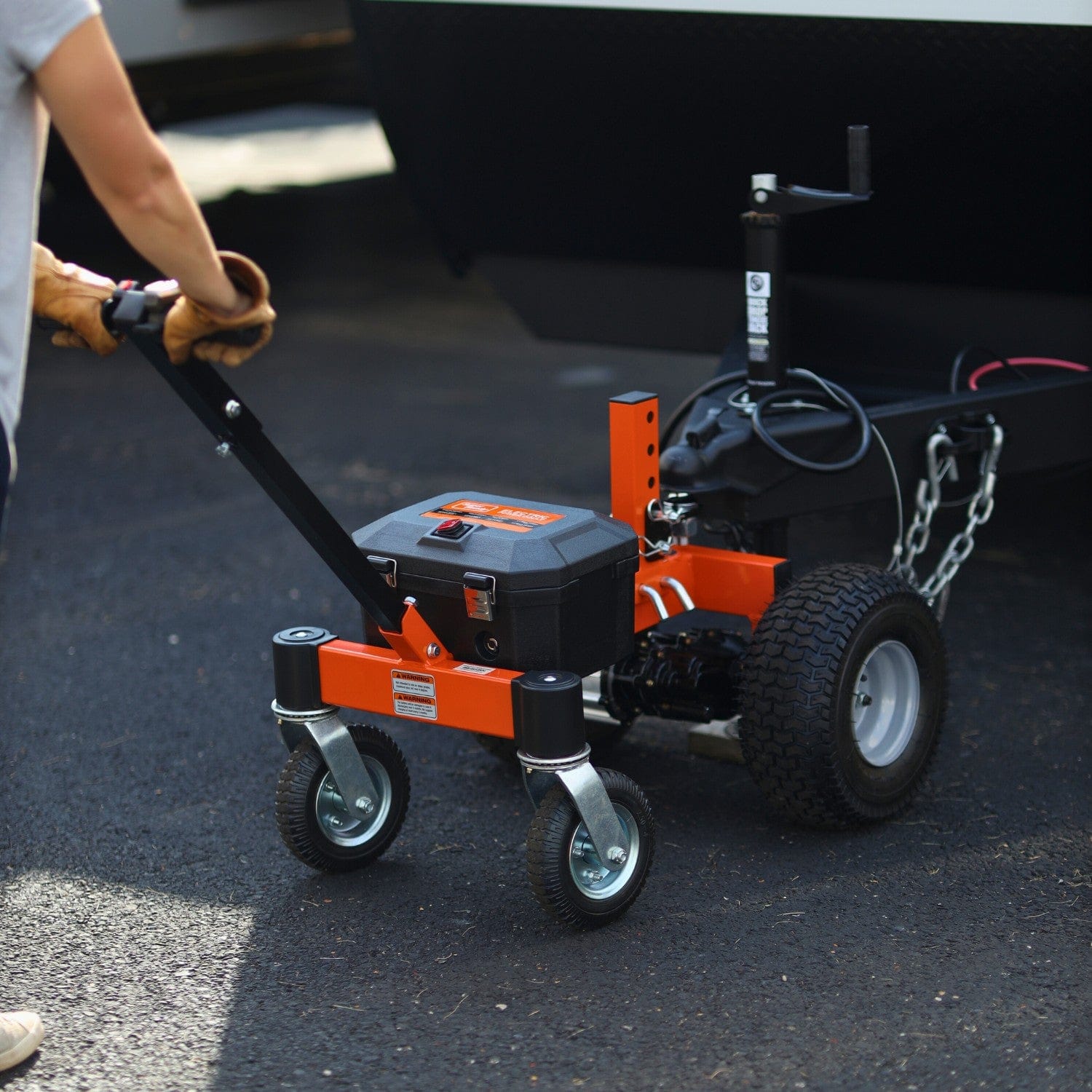
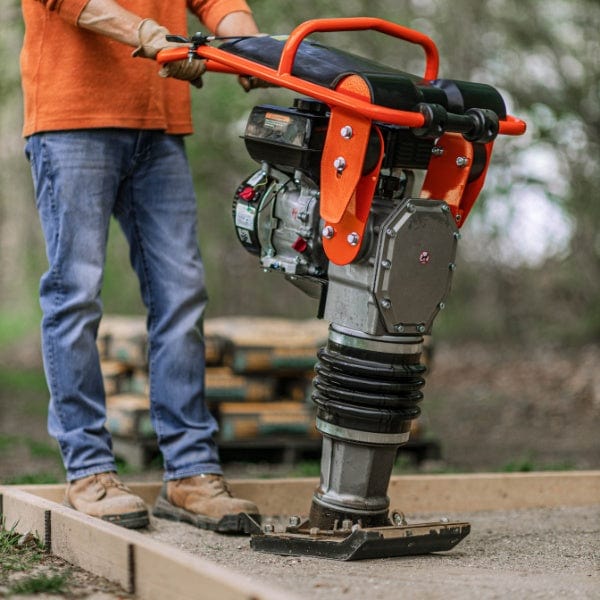
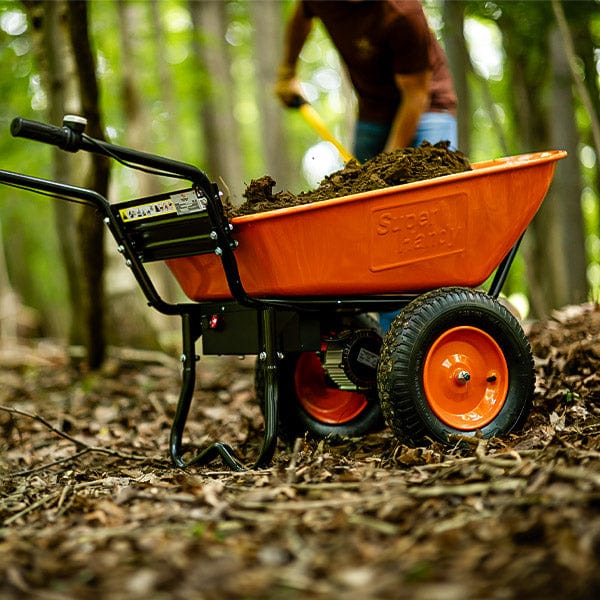


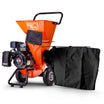
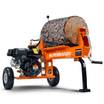

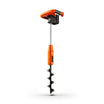
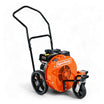
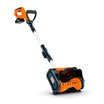
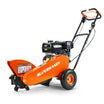
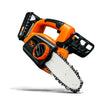
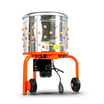

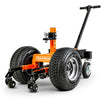
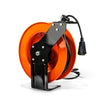
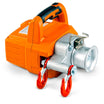
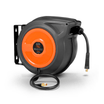
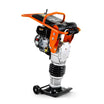
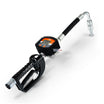
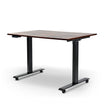
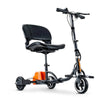
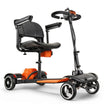
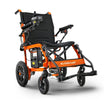


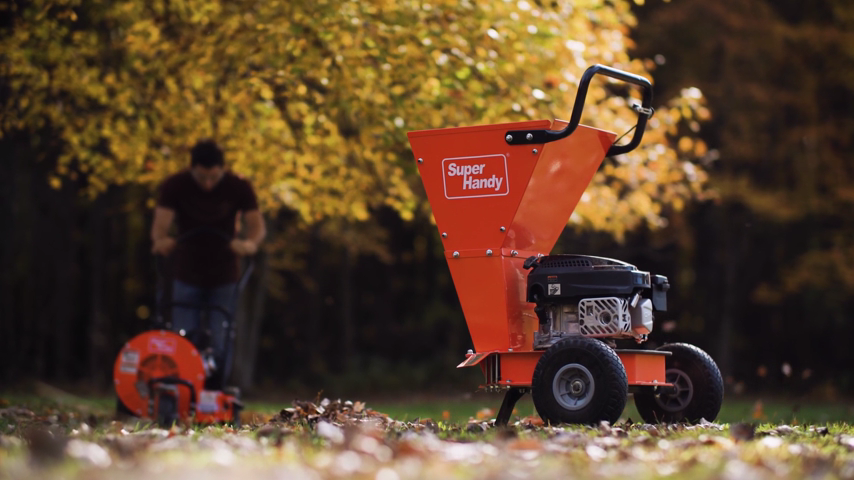

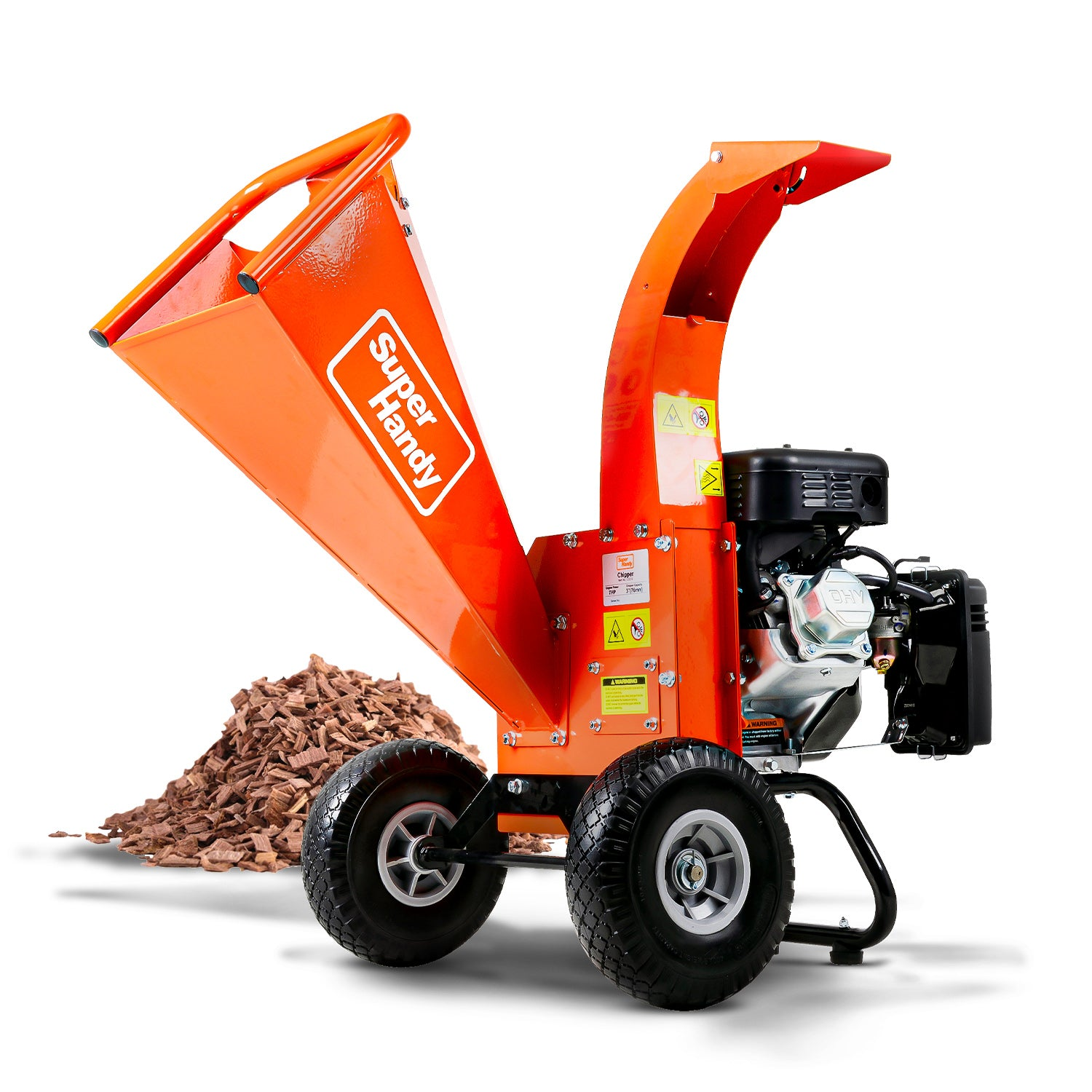
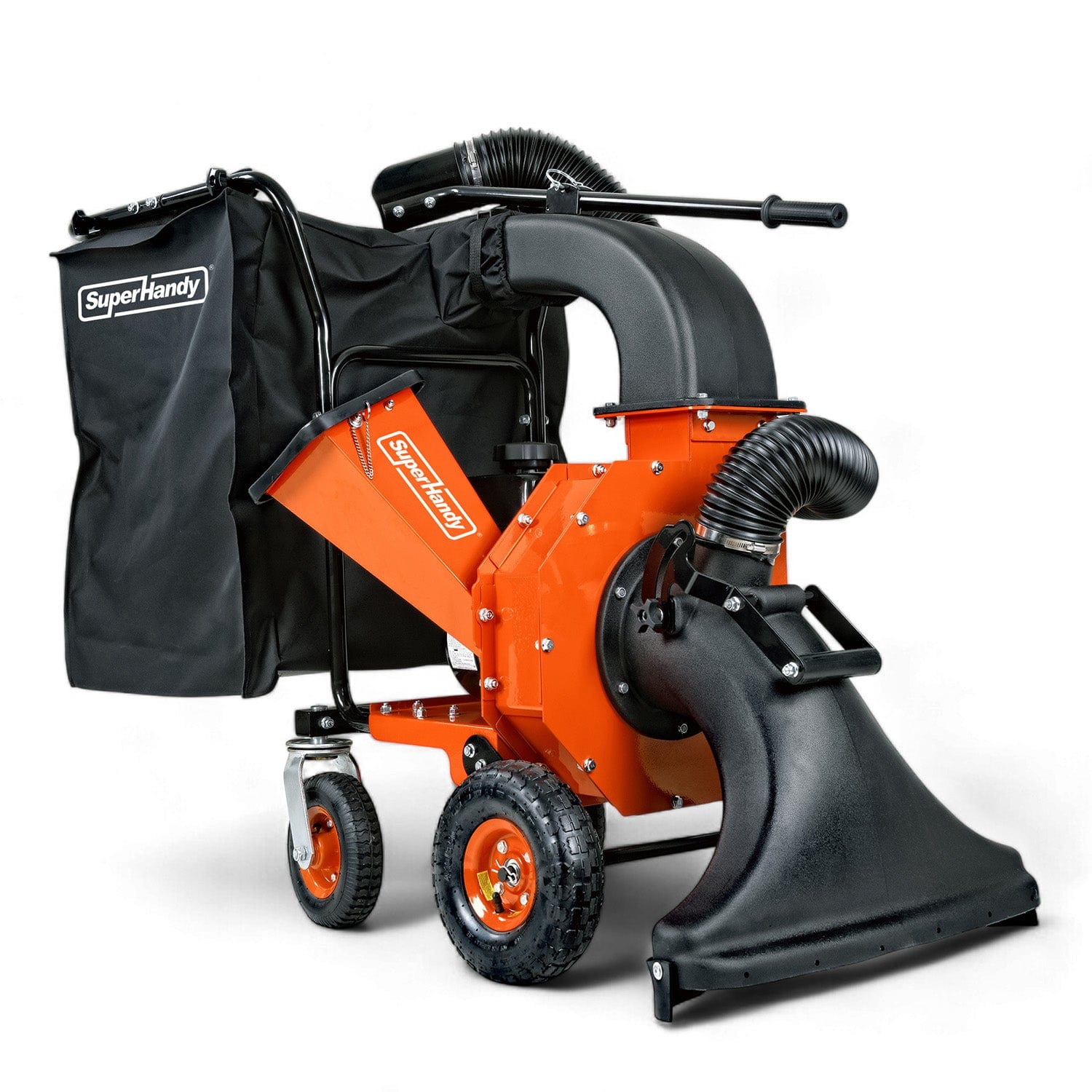
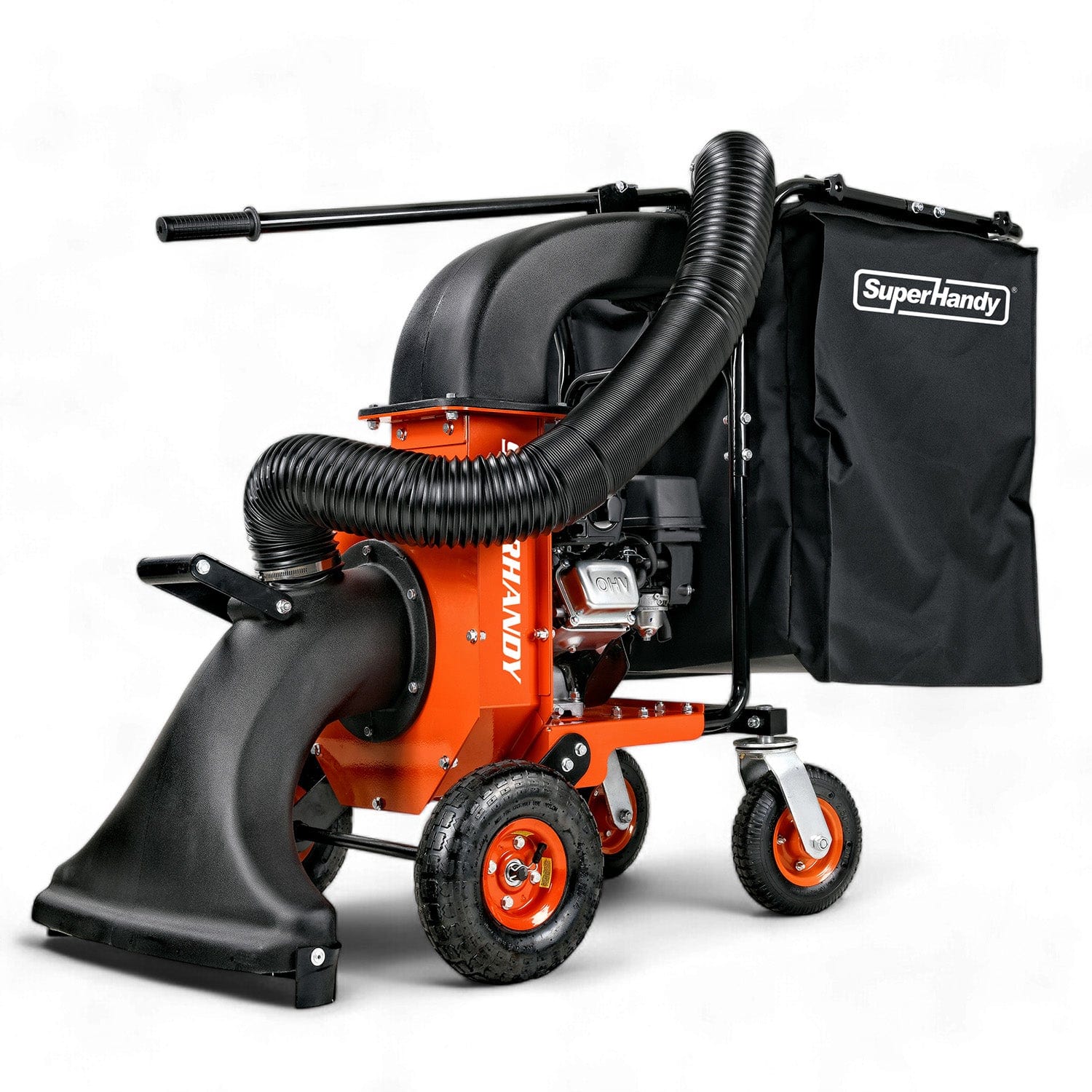

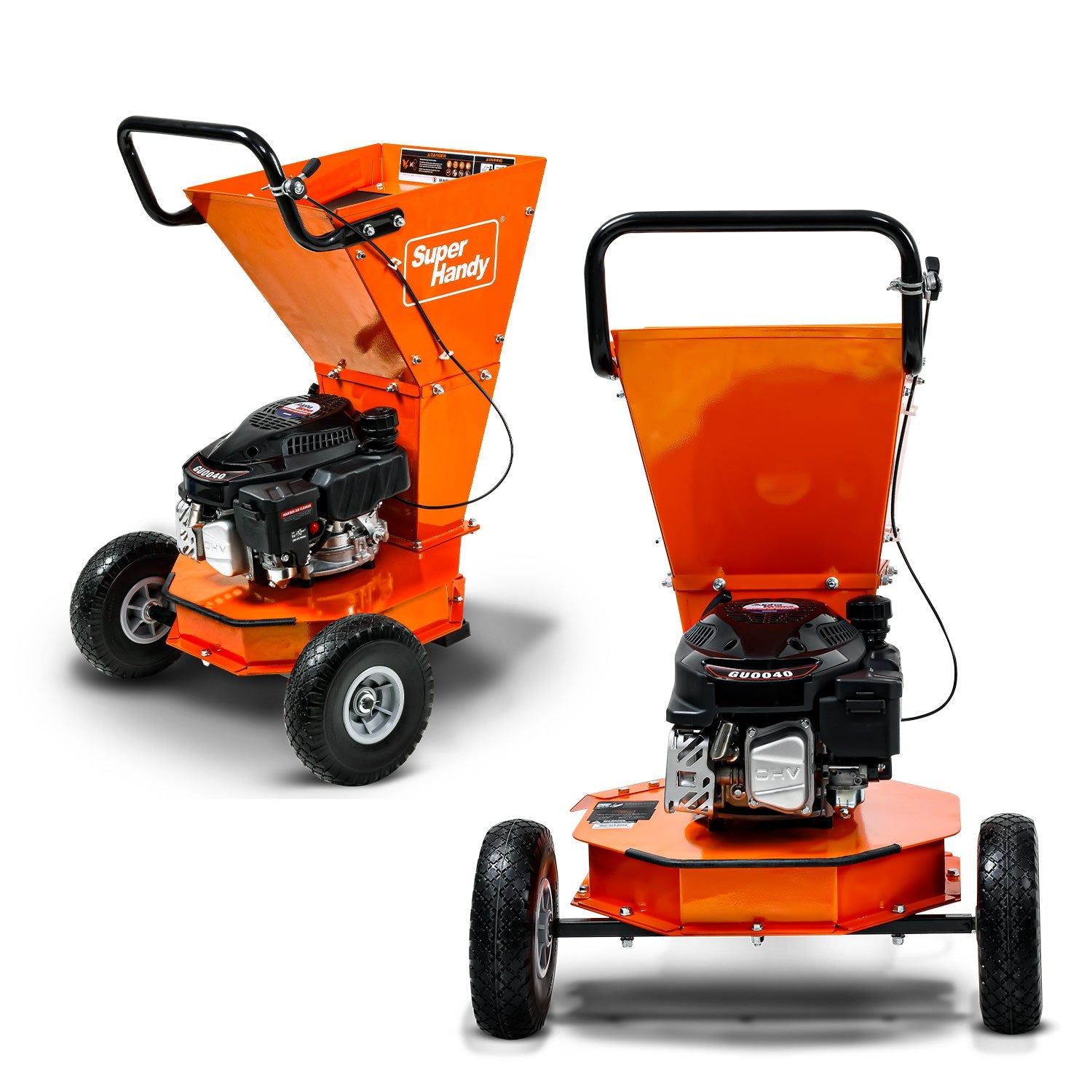
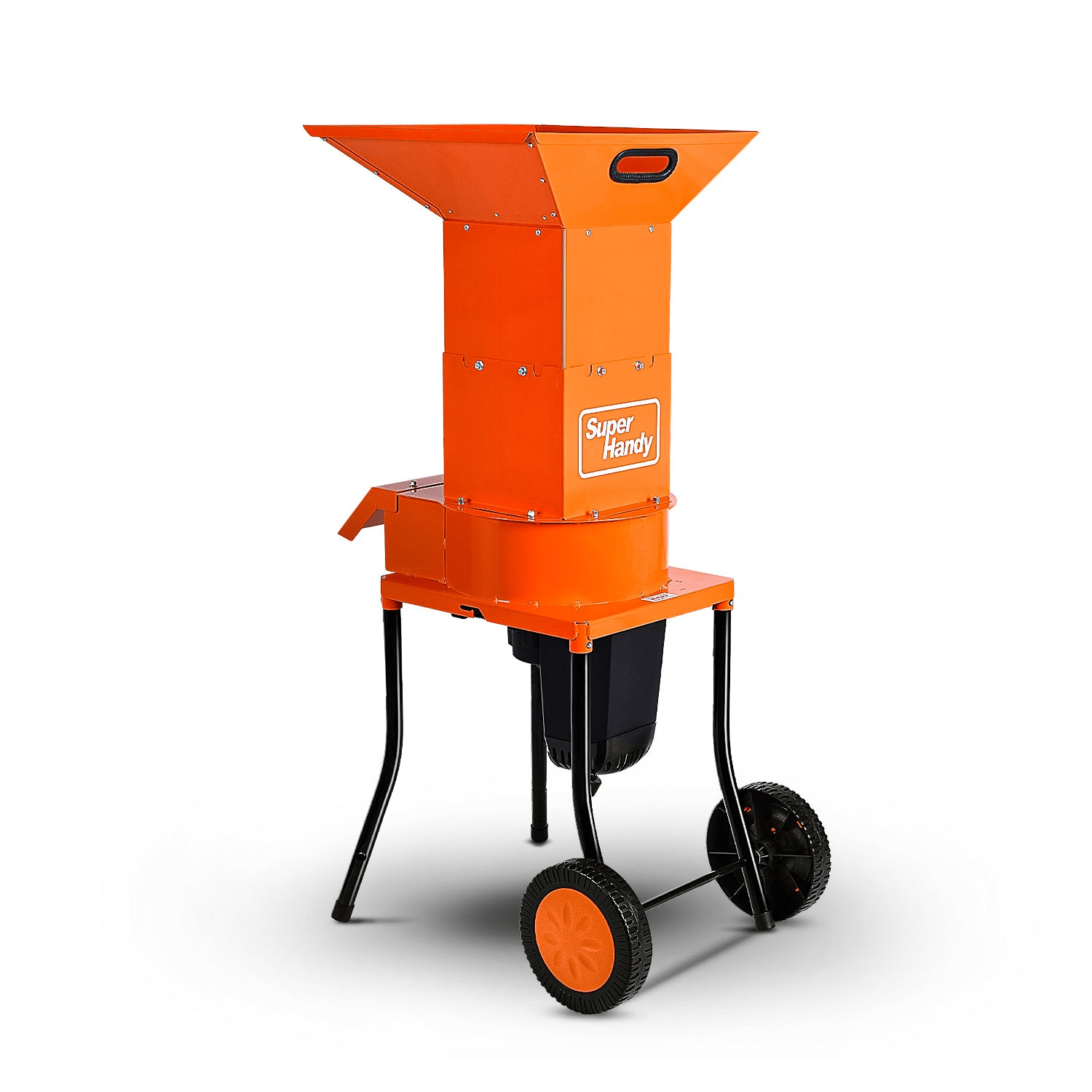
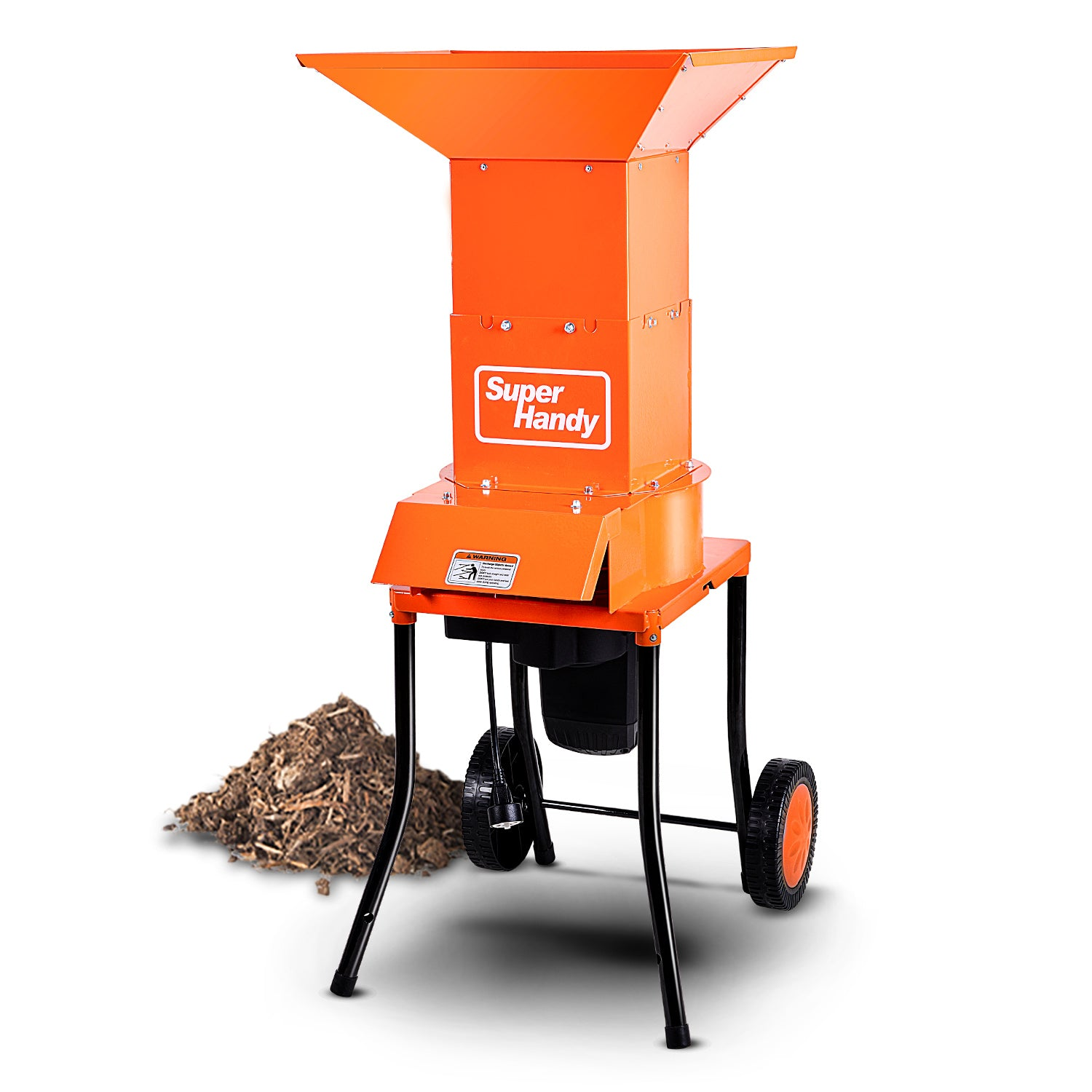
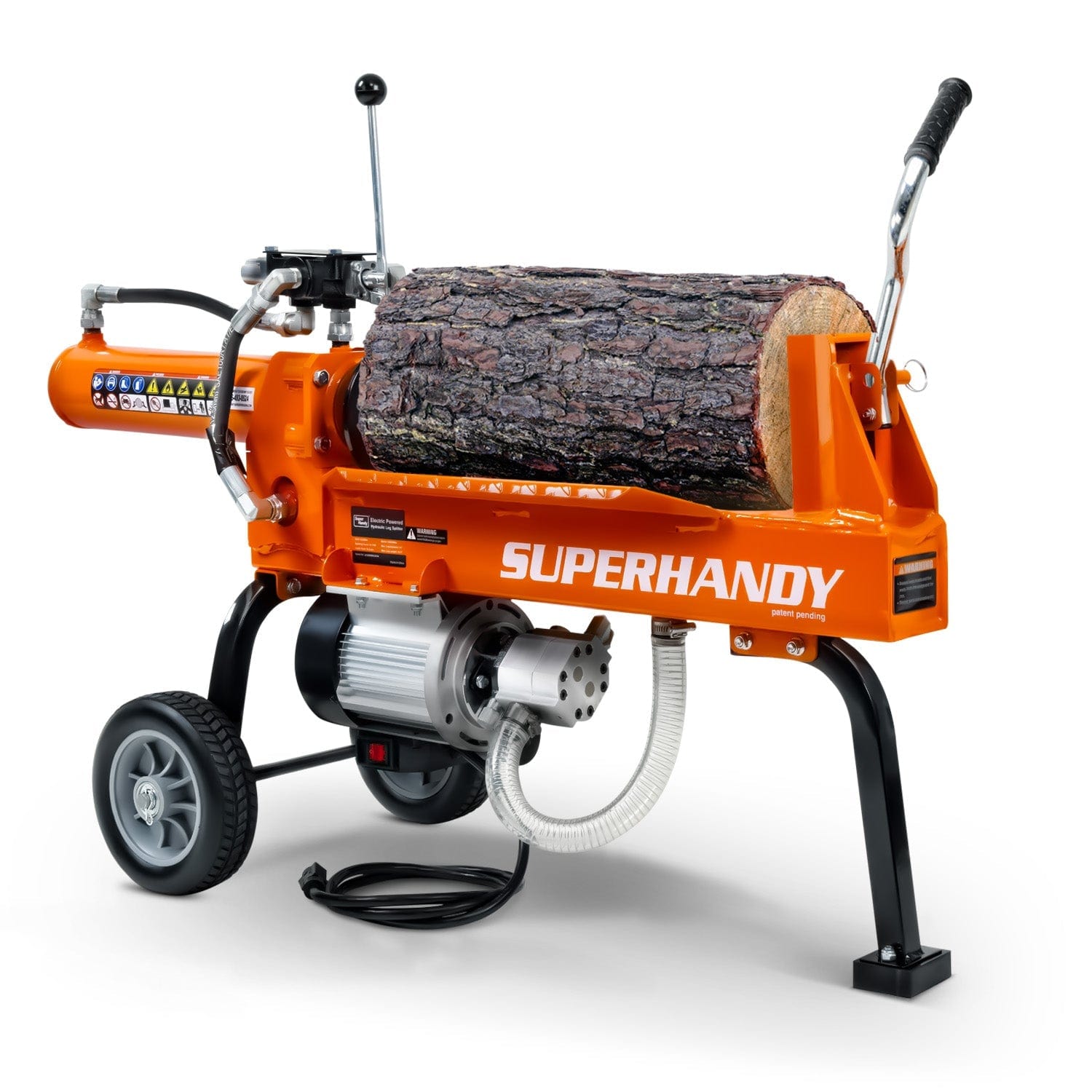
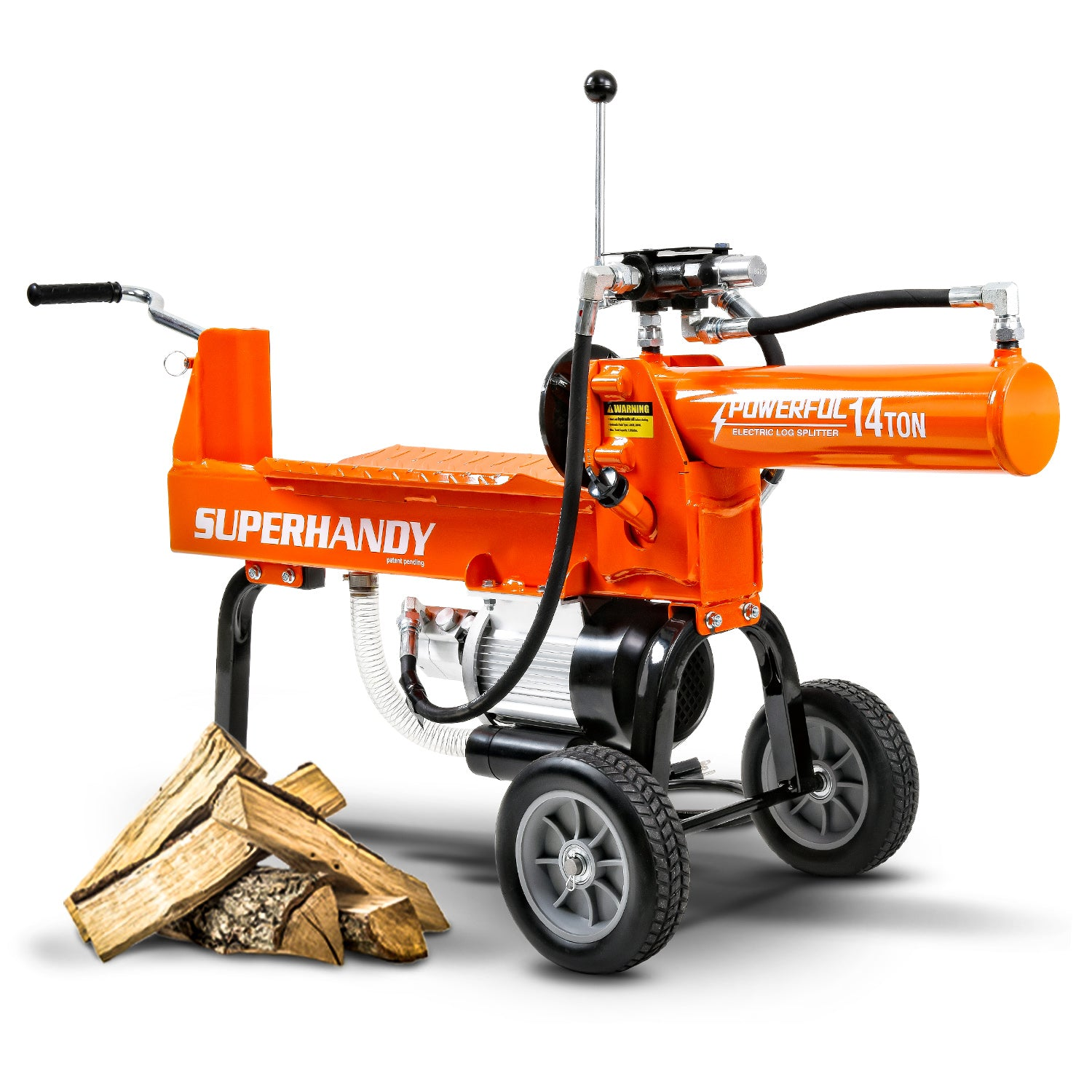


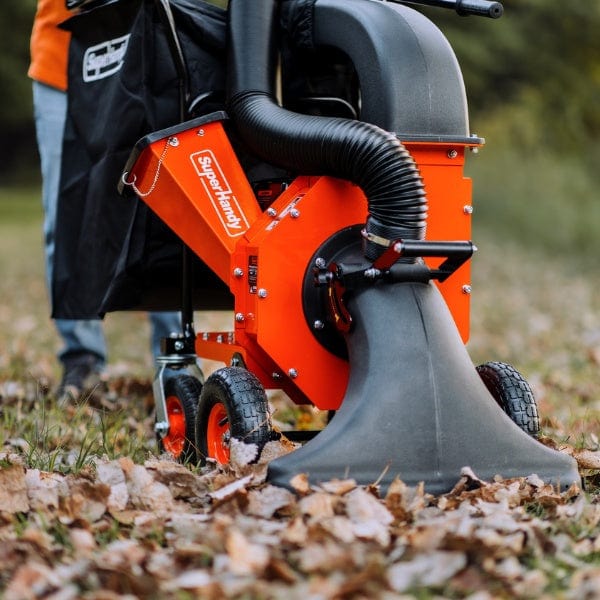
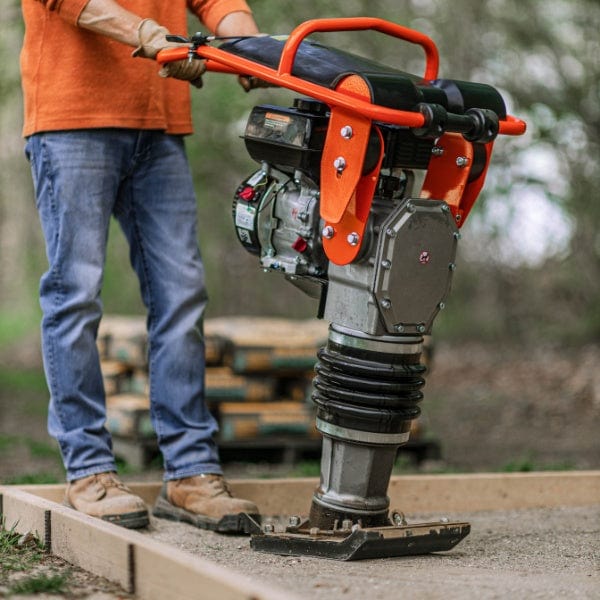
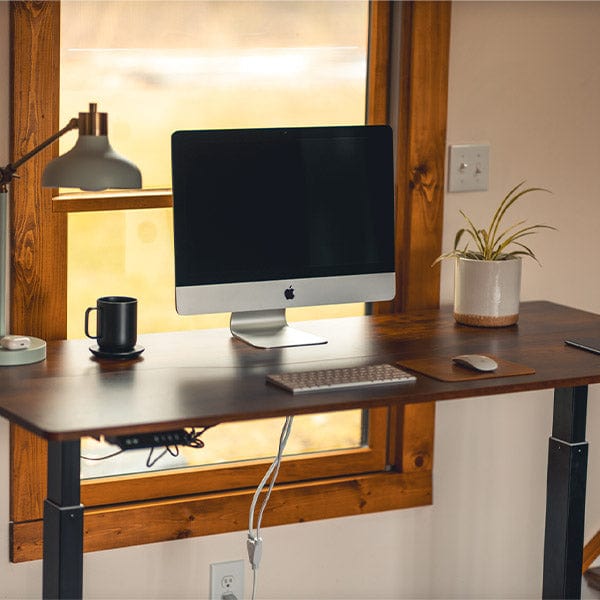

Leave a comment
All comments are moderated before being published.
This site is protected by hCaptcha and the hCaptcha Privacy Policy and Terms of Service apply.